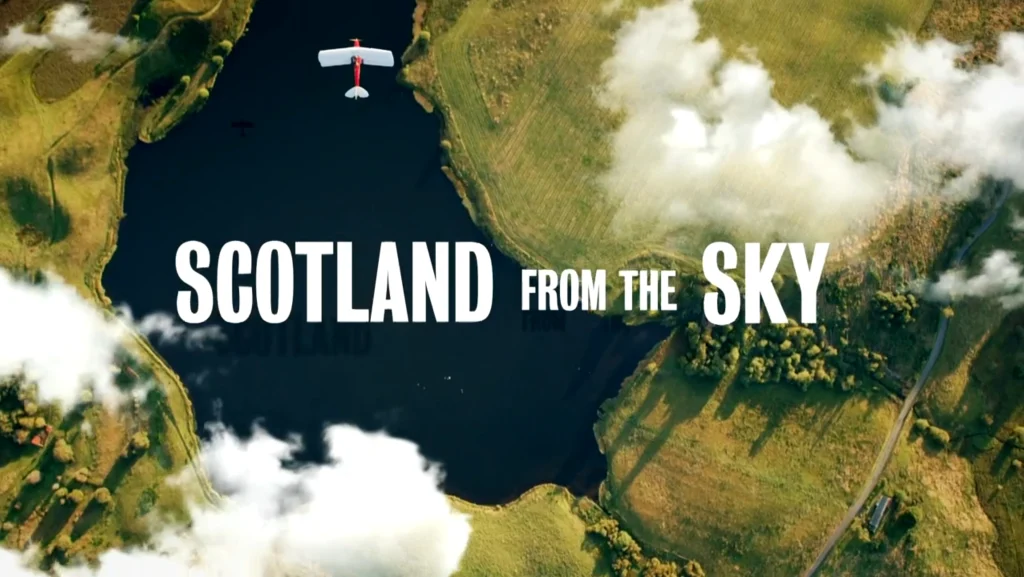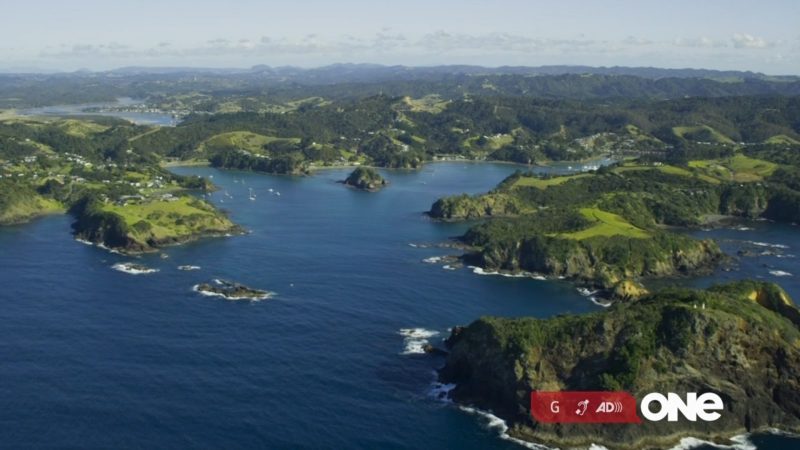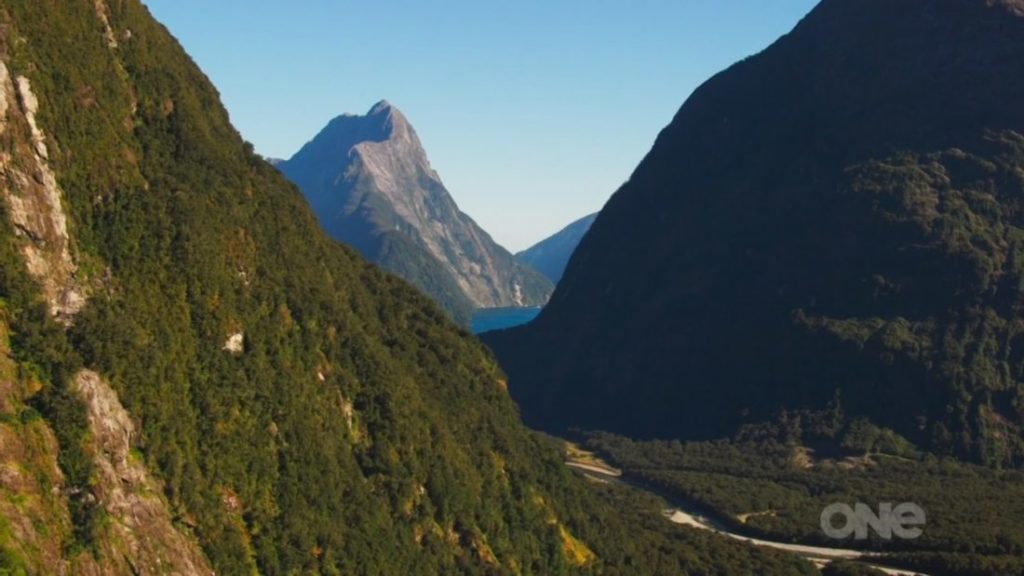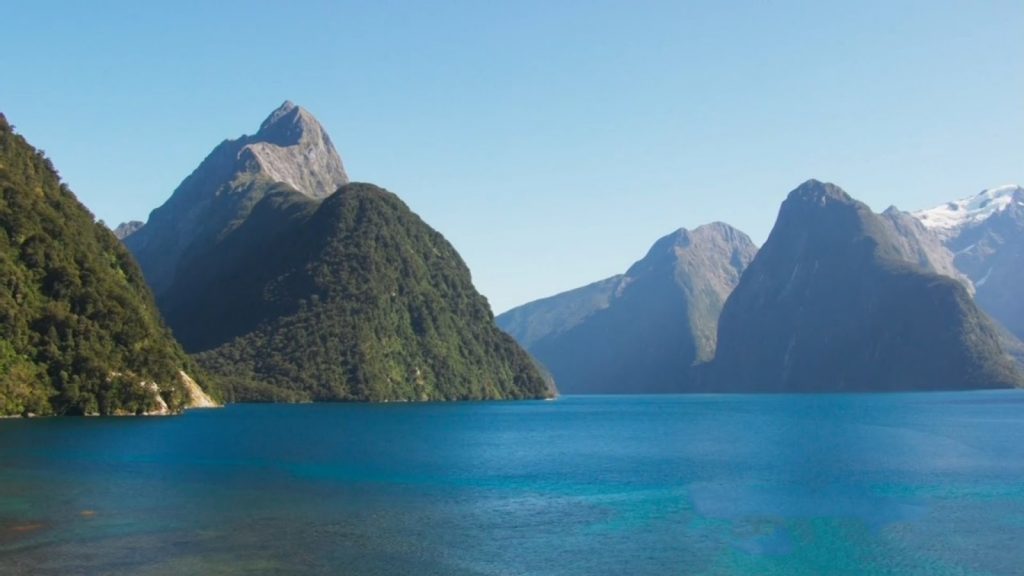Scotland from the Sky episode 2 – In the aftermath of World War II, Scotland’s planners and architects embraced a new perspective – one that offered a bird’s-eye view of the nation’s towns and cities. From the skies above, they embarked on an ambitious mission to reshape the urban landscape of the Central Belt, driven by a vision of utopian modernity.
James Crawford, a seasoned presenter, takes us on a journey through this remarkable era, unveiling the audacious plans and controversies that forever altered the Scottish way of life. His narrative begins at one of the nation’s earliest high-rise residential towers, a bold architectural statement that heralded a new era of urban living.
As Crawford guides us through the emergence of the New Towns, we witness the grand experiment of creating self-contained communities designed to alleviate overcrowding and offer a fresh start for residents. These meticulously planned urban enclaves, with their carefully orchestrated layouts and amenities, embodied the ideals of modern living – a far cry from the cramped and haphazard sprawl of the past.
However, not all visions were embraced with open arms. Crawford sheds light on the controversial construction of a motorway that sliced through the heart of Glasgow, a bold yet divisive undertaking that forever altered the city’s fabric. This jarring intervention, driven by the pursuit of efficiency and connectivity, left indelible scars on the urban landscape and the collective psyche of Glaswegians.
Throughout his exploration, Crawford delves into the lives of those who experienced these transformations firsthand. He introduces us to the pioneers who embraced the promise of high-rise living, trading their traditional tenements for the modern conveniences of tower blocks. We hear their stories of hope, adaptation, and, for some, disillusionment as the realities of these towering structures unfolded.
Equally compelling are the tales of those displaced by the sweeping changes, their communities uprooted and their familiar surroundings replaced by the sterile efficiency of modern planning. Crawford captures the human dimension of these upheavals, giving voice to the individuals caught in the crosshairs of progress.
Scotland from the Sky episode 2
As the narrative unfolds, Crawford invites us to ponder the legacy of these bold visions. Were they truly utopian, or did they sow the seeds of unintended consequences? He explores the enduring impact of these decisions on our cities, our communities, and our collective psyche, prompting us to reflect on the delicate balance between progress and preservation.
Through his insightful commentary and vivid storytelling, Crawford weaves a captivating tapestry that illuminates the complex interplay between urban planning, architecture, and the human experience. He challenges us to confront the difficult questions that arise when progress collides with tradition, and when the pursuit of a better future risks sacrificing the cherished fabrics of our past.
“Scotland from the Sky” is not merely a documentary; it is a poignant exploration of the transformative power of vision and the indelible marks it leaves on our physical and emotional landscapes. Crawford’s narrative serves as a reminder that the cities we inhabit are more than just concrete and steel – they are living, breathing entities shaped by the dreams, aspirations, and struggles of those who dared to reimagine them.
F.A.Q. Scotland from the Sky episode 2
Q: What was the driving force behind Scotland’s urban transformation after World War II?
A: In the aftermath of World War II, Scotland’s planners and architects embraced a new perspective from the skies above, embarking on an ambitious mission to reshape the urban landscape of the Central Belt. Driven by a vision of utopian modernity, they sought to redesign towns and cities through audacious plans and controversial undertakings that forever altered the Scottish way of life.
Q: What were some of the significant architectural and urban developments during this era?
A: One of the earliest and most notable developments was the construction of Scotland’s first high-rise residential towers, bold architectural statements that heralded a new era of urban living. Additionally, the emergence of New Towns, meticulously planned self-contained communities, embodied the ideals of modern living, offering a fresh start for residents and alleviating overcrowding from the cramped and haphazard sprawl of the past.
Q: What controversial project did James Crawford highlight in his narrative?
A: Crawford shed light on the controversial construction of a motorway that sliced through the heart of Glasgow. This bold yet divisive undertaking, driven by the pursuit of efficiency and connectivity, left indelible scars on the urban landscape and the collective psyche of Glaswegians, forever altering the city’s fabric.
Q: How did Crawford explore the human dimension of these urban transformations?
A: Throughout his exploration, Crawford delved into the lives of those who experienced these transformations firsthand. He introduced us to the pioneers who embraced the promise of high-rise living, trading their traditional tenements for the modern conveniences of tower blocks, as well as those displaced by the sweeping changes, their communities uprooted and replaced by the sterile efficiency of modern planning.
Q: What critical questions did Crawford prompt viewers to consider regarding the legacy of these bold visions?
A: As the narrative unfolded, Crawford invited viewers to ponder whether these bold visions were truly utopian or if they sowed the seeds of unintended consequences. He explored the enduring impact of these decisions on cities, communities, and the collective psyche, prompting reflection on the delicate balance between progress and preservation, and the difficult questions that arise when progress collides with tradition and risks sacrificing cherished fabrics of the past.
Conclusion Scotland from the Sky episode 2
In conclusion, the urban transformation of Scotland in the post-World War II era was a period of bold visions, daring ambition, and profound change. Through James Crawford’s insightful narrative in “Scotland from the Sky,” we are given a comprehensive and thought-provoking examination of this remarkable chapter in the nation’s history.
Crawford’s exploration invites us to confront the complex interplay between progress and preservation, modernity and tradition. The construction of Scotland’s first high-rise residential towers and the development of meticulously planned New Towns embodied the utopian ideals of modern living, offering a fresh start and respite from overcrowded conditions. Yet, these ambitious undertakings also came at a cost, as evidenced by the controversial motorway project that sliced through the heart of Glasgow, leaving indelible scars on the urban fabric and the collective psyche of its residents.
Throughout his narrative, Crawford masterfully weaves together the stories of those who experienced these transformations firsthand, giving voice to the pioneers who embraced the promise of high-rise living and the communities displaced by the sweeping changes. Their tales of hope, adaptation, and disillusionment serve as powerful reminders of the human dimension that often gets overshadowed by the grandeur of urban planning and architecture.
As we reflect on the legacy of these bold visions, we are left to grapple with the question of whether they were truly utopian or if they sowed the seeds of unintended consequences. Crawford prompts us to consider the enduring impact of these decisions on our cities, communities, and collective psyche, challenging us to strike a delicate balance between progress and preservation.
Ultimately, “Scotland from the Sky” serves as a poignant reminder that the cities we inhabit are more than just concrete and steel; they are living, breathing entities shaped by the dreams, aspirations, and struggles of those who dared to reimagine them. Crawford’s captivating tapestry illuminates the transformative power of vision and the indelible marks it leaves on our physical and emotional landscapes.
Through his insightful commentary and vivid storytelling, Crawford has woven a compelling narrative that transcends mere documentation, offering a profound exploration of the complex interplay between urban planning, architecture, and the human experience. His work stands as a testament to the enduring power of storytelling to illuminate the complexities of our past, present, and future – a legacy that will undoubtedly inspire generations to come.




